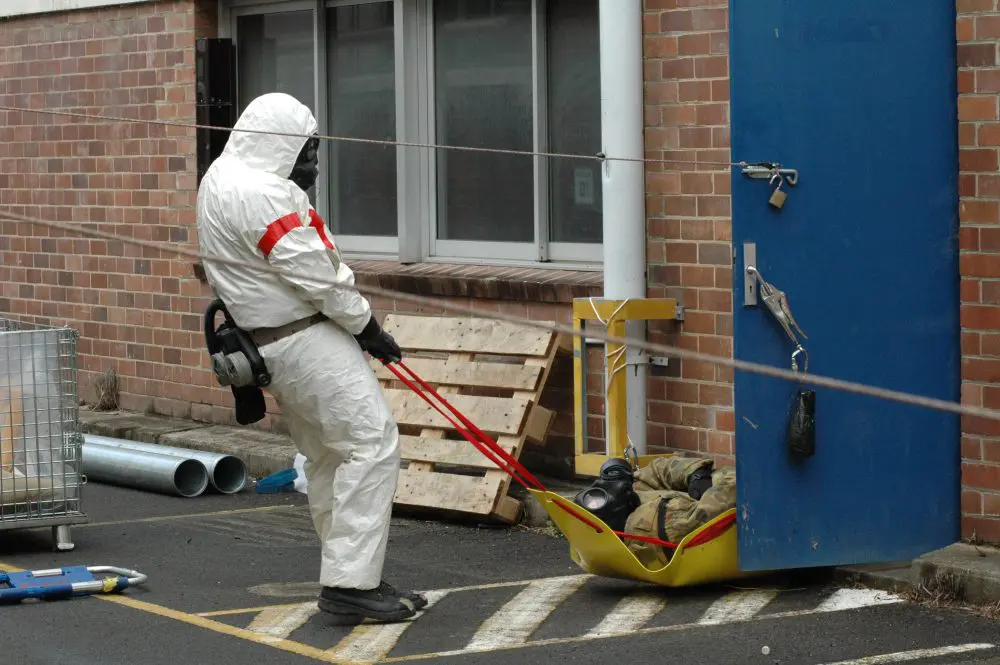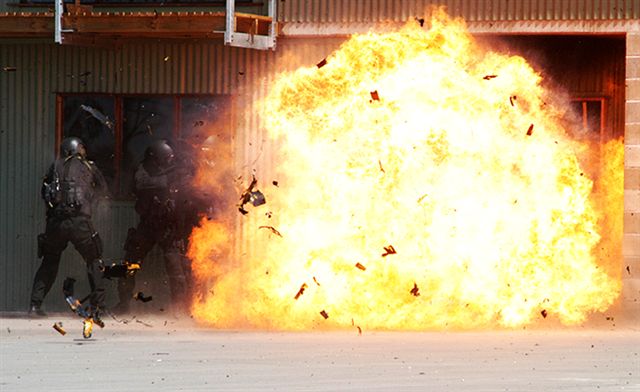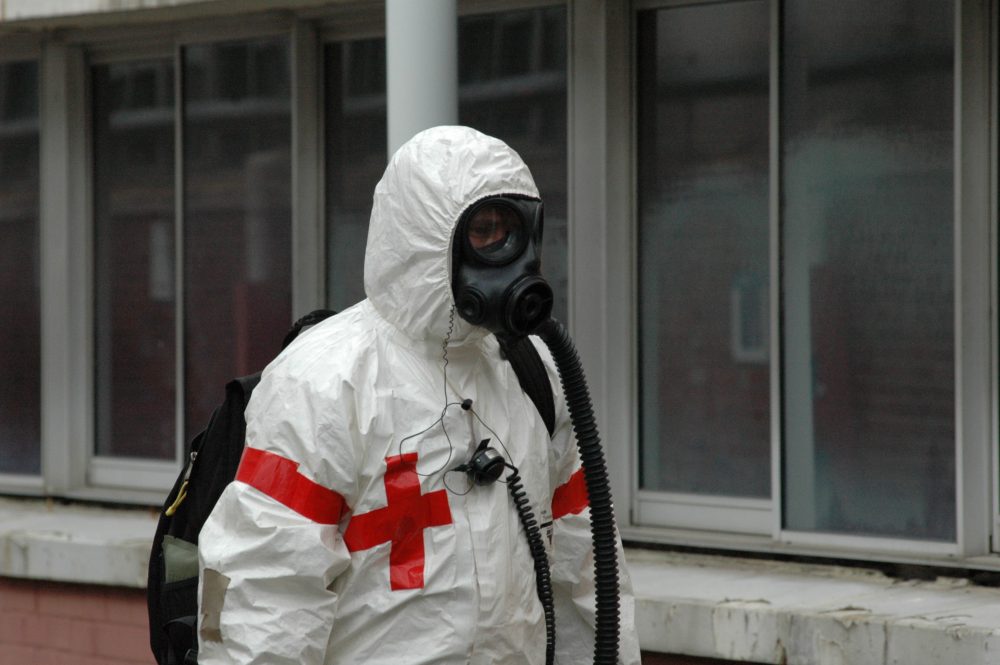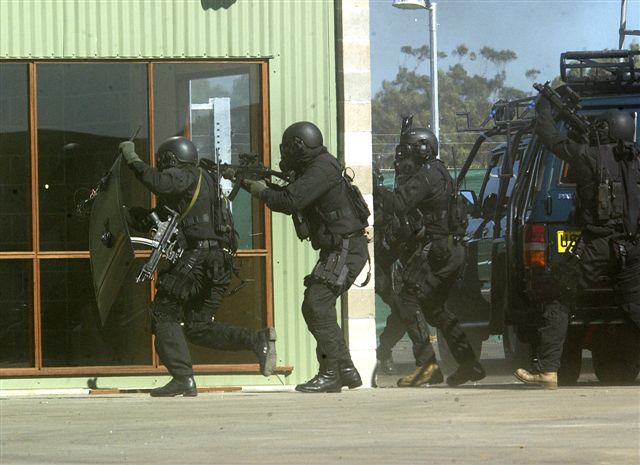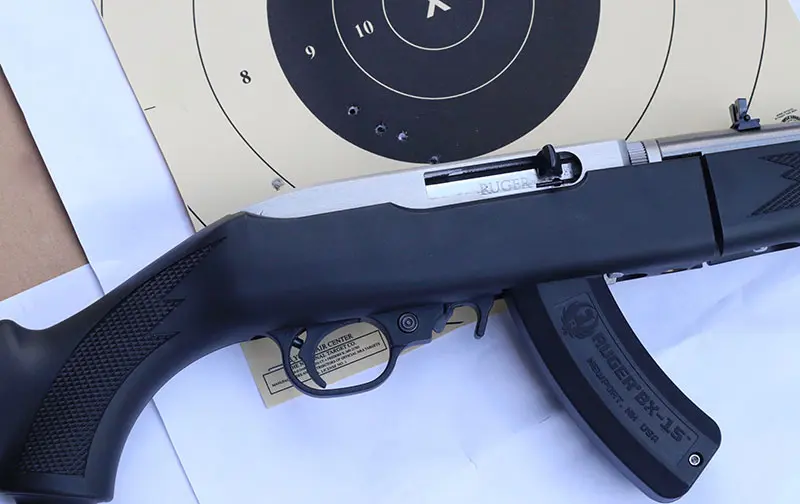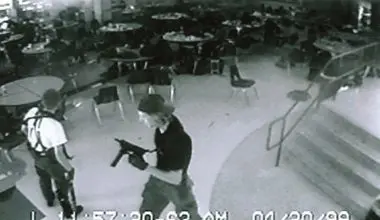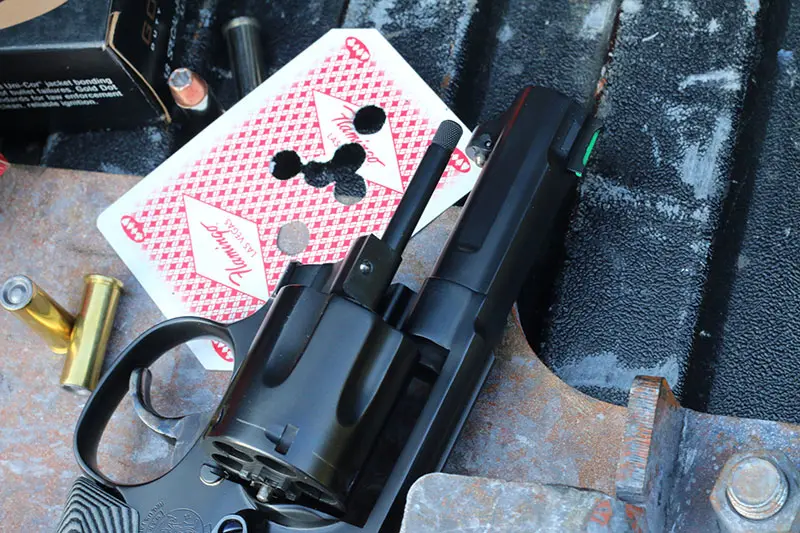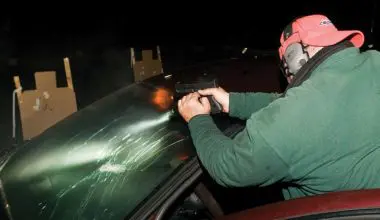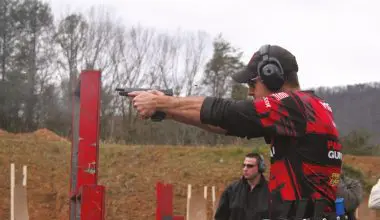Team medic may be only medical provider to work on this patient for the next 45 minutes. He must have the expertise and education to operate at advanced levels. Our operators deserve no less. Photo: Matt Cameron
Tactical Combat Casualty Care (TCCC) is a concept developed for highly trained military medics in combat. These medics operate in a completely different arena than their civilian counterparts, working within an expanded scope of practice that is only allowed when operating in a specific environment, such as a combat zone.
TCCC was established because trauma care protocols for civilians did not address the needs of medics working in combat situations. In the 1990s Army Combat Medics followed Basic and Advanced Trauma Life Support protocols (ATLS). It became clear that these protocols needed to be modified for combat situations. In 1996 TCCC guidelines were formalized and put into use by Special Operations forces.
The guidelines were updated as Tactic Combat Casualty Care-2003. Advances in technology, tactics and pharmacology were included in the updated guidelines, which resulted in TCCC guidelines being used by more of the military. The guidelines reflect lessons learned in Vietnam and later combat situations as they relate to preventable deaths. For example, lack of hemorrhage control is the leading cause of preventable death on the battlefield. Tourniquets are used more quickly and for longer times than in civilian medical care.
Could these new guidelines and protocols be used with civilian emergency medical systems?
Just as ATLS does not fit in the combat environment—but important ATLS skills do—TCCC does not fit in the civilian tactical environment, but certain skills and lessons learned do. Those skills have to be presented and used by people in both environments who are competent, trained and licensed to do so.
It is not the purpose of this article to say that the lessons learned through TCCC should not be passed on to the civilian sector. However, to just cut and paste a body of knowledge unilaterally across the board without modification for the varying levels of education and abilities of the students would seem negligent, if not almost criminal.
In today’s increasingly complex environment, operators are exposed to more risk than an EMT-B/I is trained to handle in a five-day course.
Table of Contents
CIVILIAN EMT RESPONDERS
To understand how TCCC might be modified for civilian EMS providers, there needs to be an understanding of how they are trained. There are varying degrees of training for civilians to receive an emergency medical technician (EMT) designation, and also different names given to different levels.
In most areas of the U.S., the initial level of EMS training constitutes approximately 40 hours of training. Depending on the certifying body, this provider may be called “First Responder.”
The next level of certification generally requires 100 hours of training. These professionals are commonly titled “Emergency Medical Technicians-Basic,” though some states use a numbering system. “EMT-Intermediate” usually requires significantly more training, between 200 and 400 hours.
Generally, the most advanced EMS provider is called a “Paramedic” or a “Mobile Intensive Care Paramedic.” These allied health professionals have a much wider skill set and are trained to do more advanced interventions in emergencies. Training requirements start at several hundred hours. Specialist training is often available for this level of certification.
As with the titling of EMS professionals, training at all levels varies from place to place and state to state. There has been an ongoing attempt to set national standards for each of these EMT levels, awarding a certificate of competence at whichever stage is appropriate. The states would then be the licensing bodies, but have the knowledge that the individuals were competent at a given level.
In 1996, the National Highway Traffic Safety Administration (NHTSA) and the Health Resources and Services Administration, under the auspices of the Department of Transportation (DOT), published Emergency Medical Services Agenda for the Future, to which there have been periodic updates. There are very specific guidelines about levels of care that EMTs can provide, governed by DOT regulations, and based on the above documents.
EMS providers and educators have also created guidelines and policies themselves to improve the education of EMTs. There was a National Scope of Practice document in 2004 drafted by EMS leaders, selected by the National Association of State EMS Directors and with funding from NHTSA. The National Registry of Emergency Medical Technicians (NREMT) proposed more consistent training of all EMS personnel in a 2008 document.
Team medic handles a lot more than tourniquets and IVs, and not all entries last five minutes. Will your medic know what to do in extended operations? Photo: Matt Cameron
TACTICAL MEDICS
Tactical law enforcement teams have been organized to deal with the increasingly violent confrontations that are occurring all over the country. These teams are routinely called out for criminal, gang or terrorist activities, hostage takers, or unbalanced individuals with firearms shooting at people in their workplace or elsewhere. Situations in which officers, civilians or suspects have been injured have necessitated the inclusion of specialized medics on the teams. These medics are called Tactical or Tac Medics.
Due to the nature of the calls that civilian tactical teams receive, this type of setting requires advanced practitioners, not personnel with basic skill sets. Most departments have a rigorous testing process for their tactical teams and allow only their sharpest and best police officers on them. The training these officers receive is very specific and pertinent. To the average lay person, the Police Tactical Team is the elite unit that patrolmen call when situations demand the best.
The civilian or police officer sees a Tac Medic and expects him or her to be the best pre-hospital care provider for the environment. However, Tac Medic has become a catch-all phrase with no clear definition as to what training, standard or competency the person wearing the patch has achieved.
As previously stated, the situations a medic will face while working as part of the tactical team require advanced skills. If basic-level providers are performing these advanced skills, that provider is operating outside their scope of practice. This use of EMS providers beyond their scope of practice is a disaster waiting to happen, both medically and legally. To teach TCCC procedures to First Responders and EMT-Bs is asking for trouble in a litigation-happy society.
Team medic must actually train with tactical unit he is responsible for.
However, there are many courses offered to First Responders and EMT-Bs today teaching TCCC procedures. TCCC procedures assume a foundation of knowledge of human anatomy and physiology that is above what has been taught to basic-level EMS professionals. The advanced tasks and skills demonstrated in this type of course cannot be safely applied without that knowledge base.
Tac Medics would certainly benefit from more training and learning ATLS skills, regardless of their level of certification. However, that is not enough, just as it is not enough for combat medics. ATLS assumes hospital diagnostic equipment and resources will be available. It can be taught in a two-day classroom course, but was not designed for a tactical setting.
Tactical medicine must take into account environmental factors such as remoteness, no/low light and extreme weather. There may be transportation issues and delays to definitive care. Operations may need to be sustained in the field.
So why not just teach TCCC to advanced EMTs? To answer that, it is important to remember that TCCC was developed for the battlefield. In combat, TCCC has three goals:
- Treat the casualty.
- Prevent additional casualties.
- Complete the mission.
There are also three stages of care in the tactical setting, during combat missions:
- Care Under Fire, in which both the medic and casualty are under hostile fire.
- Tactical Field Care, during which the time to evacuation may be minutes to hours.
- Combat Casualty Evacuation Care (CASEVAC), when additional personnel and assets are available.
TCCC guidelines would have to be modified for civilian law enforcement. For example:
- Situational Awareness and Scene Safety. Both the medic and victim are relatively safe and the tactical team secures the scene.
- Casualty Evaluation and Treatment, with emergency medical care based on scope of practice. In this phase the level of an EMT’s training is very important.
- Extraction and Transport, the EMS interface with the Trauma Center.
TRUE TACTICAL MEDICS
What is needed is to establish a definitive role for true civilian Tactical Medics. To begin with, state and national operational training standards need to be established. There also needs to be recognition of the core competencies for Tactical Medics. For example, they should have advanced life support training and be EMT-Advanced or paramedics prior to undertaking training as Tactical Medics. Currently, no such standard exists, and each state or local agency defines who is a Tactical Medic and what, if any, additional training they must have.
There are tactical medical training courses that may help create true civilian Tactical Medics. Dr. Lawrence E. Heiskell offers such courses. He is the founder and medical director for the International School of Tactical Medicine (ISTM), located in Palm Springs, California. ISTM is the first tactical medicine school to be listed in the Department of Homeland Security Grants and Training catalog. Dr. Heiskell believes that highly skilled paramedics or emergency medicine physicians trained in police procedures are best able to give tactical medical support to tactical teams.
Many working in the field have noted the increased threat of violence and the consequent need for well-trained tactical teams to support police operations. Other authors have pointed out the need for good tactical medics in just about all law enforcement situations, given the frequency of active shooter scenarios. No one questions the need for true Tactical Medics. The American College of Emergency Physicians has written a policy statement about the need for tactical emergency medical support.
At this time, there is still a need to gather and track data about the training and performance of Tactical Medics. Research published in a timely manner, as noted by the ACEP, will help lead to core standards and competencies. Eventually textbooks must be written.
At the present time, many individuals and groups are working on this problem. Standards need to be set, preferably at the federal level. A group working under the United States Department of Transportation, National Highway Traffic Safety Administration, and United States Department of Health and Human Services Public Health Services, Health Resources and Services Administration could be formed to set standards, either included in EMS standards or in a separate document. The Office of Emergency Medical Services in each state would then have to integrate these protocols.
Ultimately, it falls to emergency medical service providers and law enforcement entities to make sure they have the best tactical medical support possible.
Our law enforcement warriors deserve the best-trained and best-educated medics possible. It should not take 30 more years to get them the same level and amount of competent assistance as is given to their military counterparts. Law enforcement agencies cannot afford to settle for anything less.
